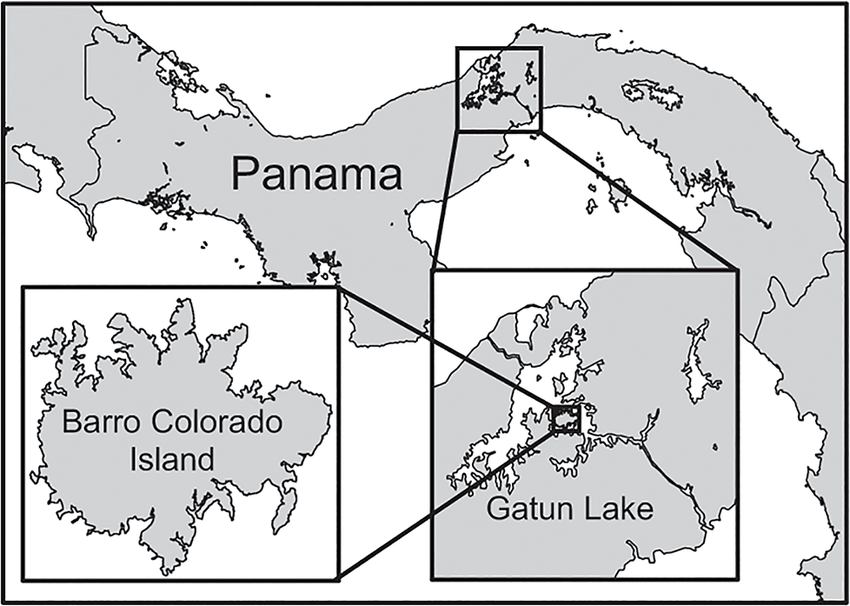Free Courses Sale ends Soon, Get It Now


Free Courses Sale ends Soon, Get It Now



Disclaimer: Copyright infringement not intended.
Context Details
About the canal
|
PRACTICE QUESTIONS Mention the significance of straits and isthmus in international trade. 150 words |
© 2024 iasgyan. All right reserved